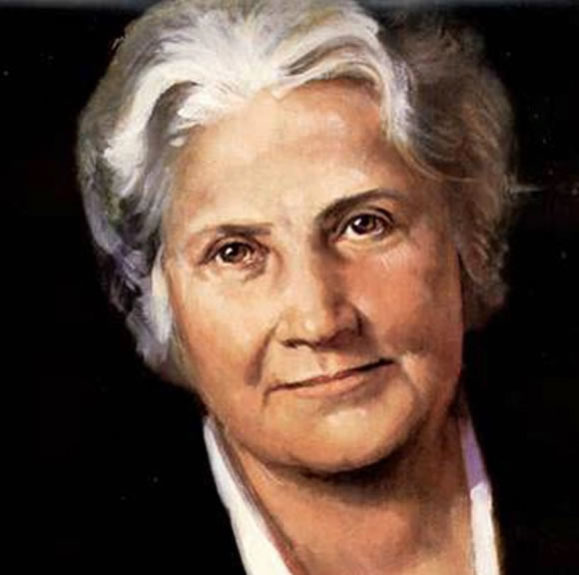Dr Montessori left the Orthophrenic School in 1901 and went to study anthropology and educational philosophy. She lectured at the University of Rome from 1904 to 1908. It was around this time that she got invited by some property developers to set up an environment to occupy the children of some squatters children while they were at work. Dr Montessori was happy at this invitation as it gave her the opportunity to practice educational materials she had developed in the Orthophrenic School with children with no medical difficulties. This led to the opening of the first ‘Casa dei Bambini’ or ‘Children’s House’ in 1907. Some of the materials that Dr Montessori put in the environment were used by the children and some of them were not. She took out those that the children did not use and kept only those that engaged the children. These materials can still be found in Montessori environments today. It was in this environment that Dr Montessori observed how the children interacted with each other, with the materials and with the adults and came to realise that when certain conditions are maintained, the child has the capacity to educate himself.
With time, the news of the extraordinary progress of these children became known and by the autumn of 1908, there were five Children’s Houses in Italy. Visitors from near and far came visiting and before long, more Children’s Houses were opened within and outside Italy. In fact, within a year, the Italian-speaking part of Switzerland began transforming its kindergartens to Montessori Children’s Houses. In the summer of 1909, Dr Montessori gave her first training course to around 100 students. The notes from these lectures became the material for her first published book, the Montessori Method. Dr Montessori was invited to lecture in many countries from then on. She lectured in the USA, In the UK, and throughout Europe. She lived through the two world wars, and it is likely that what she observed, heard and experienced during these wars caused her to deepen her conviction that the hope of humankind laid with the child. This gave her a strong desire to see that children are given the right support right from birth. In fact, a training trip to India which was supposed to be for just three months ended up lasting for nearly seven years for her and her son as they were placed under house arrest because of the war.
It was while she was in India that she developed ideas for her approach to education for six to twelve year olds. She called this cosmic education. She made good use of her time in India by training over a thousand teachers.
Upon her return to the Netherlands in 1946, Dr Montessori addressed the UNESCO assembly on the theme of ‘Education and Peace’ and in 1949, she received her first of three nominations for the Nobel Peace Prize. Dr Montessori’s last public engagement was in London in 1951 when she attended the 9th International Montessori Congress. She died on the 6th of May 1952, in the company of her son, Mario.


 Dr Montessori used the important tool of observation to understand how children develop and devised an educational model to support the child’s natural development. From her observations, she noted that children had the potential to educate themselves if the right parameters are made available to them. Some of the main principles of Dr Montessori’s method are based on the recognition of the child’s natural gifts, the prepared environment and the trained adult
Dr Montessori used the important tool of observation to understand how children develop and devised an educational model to support the child’s natural development. From her observations, she noted that children had the potential to educate themselves if the right parameters are made available to them. Some of the main principles of Dr Montessori’s method are based on the recognition of the child’s natural gifts, the prepared environment and the trained adult